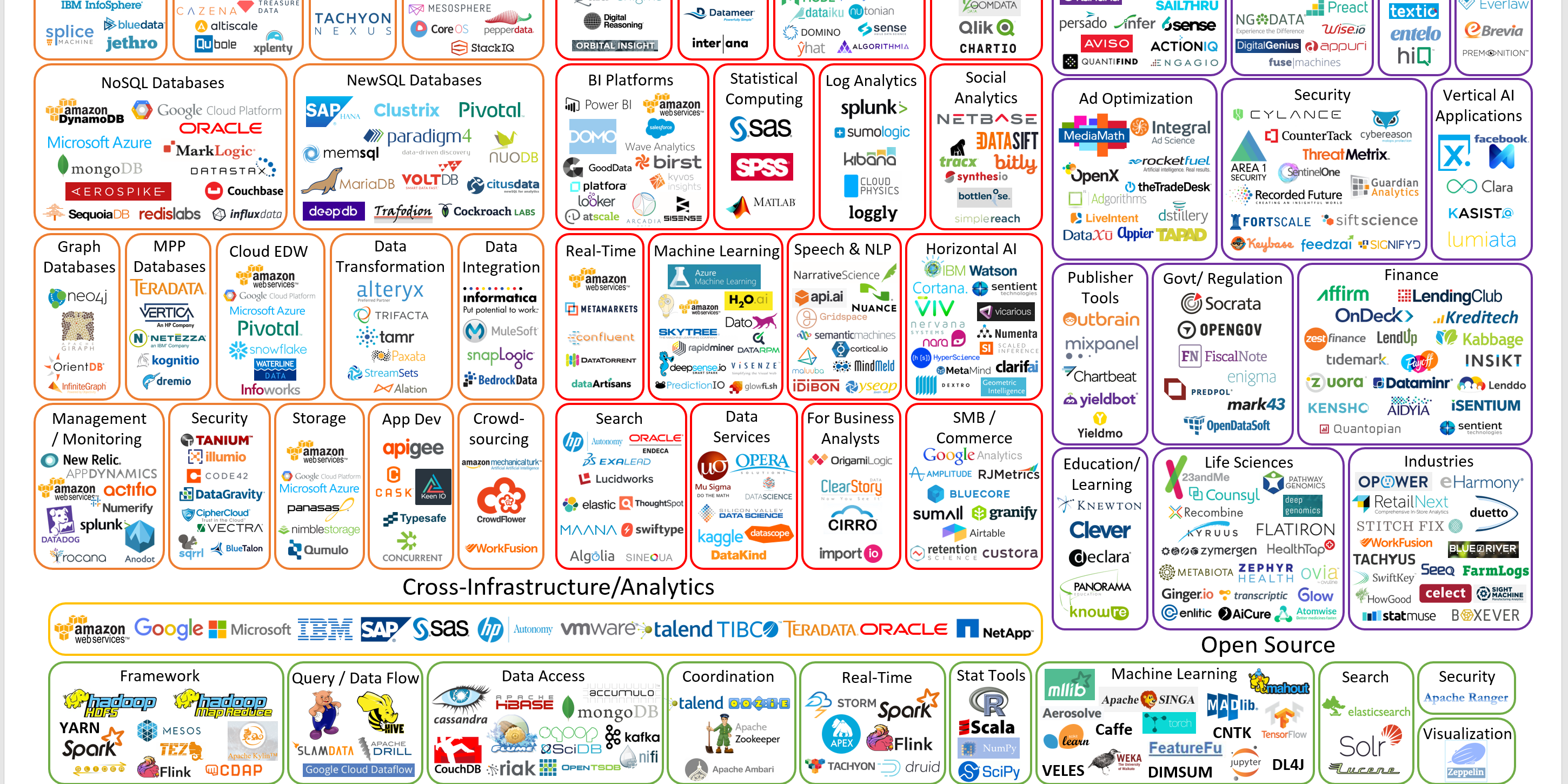The BBC recently ran a widget on their website with the likelihood of various professions being replaced by robots within the next 20 years. The original research was collected by Oxford University and Deloitte.
There was the option to choose your job role from a drop down and with trepidation press a button to see whether you would be out of a job. The closest role to an analyst was: ‘management consultants/business analysts’ with the verdict: “quite unlikely”.
Phew, a mere 7% chance we’ll all need to consider a career change at Lynchpin. A lot of jobs didn’t get off so lightly and on the list of probability by percentage a few surprises.The report indicated it wasn’t just the more manual jobs that were considered easier to automate but also repetitive jobs and many office support jobs, especially in the legal profession.
So what were the key factors that meant that analysts could escape being ousted by C3PO?
While, according to the original report, computers and technology are becoming better at dealing with and scaling large data sets, it would seem the real key is the need for social intelligence and understanding human behaviour.
“As such, computers can better manage the large calculations required in using large datasets. ML algorithms running on computers are now, in many cases, better able to detect patterns in big data than humans”, The future of employment:how susceptible are jobs to computerisation, Carl Benedikt and Michael A. Osborne
Sophisticated algorithms mean that computers can make decisions without bias, which in the case of fraud detection is great. However, often analytics needs some human empathy and understanding to know when, how, why and what questions to ask of the data. And as the technology gets more efficient, so will we in servicing our clients better.
The key to any business is the customer; understanding who you are selling to is always a priority for any business.
But, understanding how they behave in relation to your marketing is the fulcrum of predicting where and how to put your spend. Using clustering algorithms through any tool can help gauge an idea of how customers correlate, but these will only get you so far. Human input is just as important (where the 7% comes in!) to realising the potential of these models.
Being able to tie the outputs back to the business is what brings the data to life, giving it relevancy and actionable insights.
See whether you will still be employed in the future here
About the author
Lynchpin
Lynchpin integrates data science, engineering and strategy capabilities to solve our clients’ analytics challenges. By bringing together complementary expertise we help improve long term analytics maturity while delivering practical results in areas such as multichannel measurement, customer segmentation, forecasting, pricing optimisation, attribution and personalisation.
Our services span the full data lifecycle from technology architecture and integration through to advanced analytics and machine learning to drive effective decisions.
We customise our approach to address each client’s unique situation and requirements, extending and complementing their internal capabilities. Our practical experience enables us to effectively bridge the gaps between commercial, analytical, legal and technical teams. The result is a flexible partnership anchored to clear and valuable outcomes for our clients.


